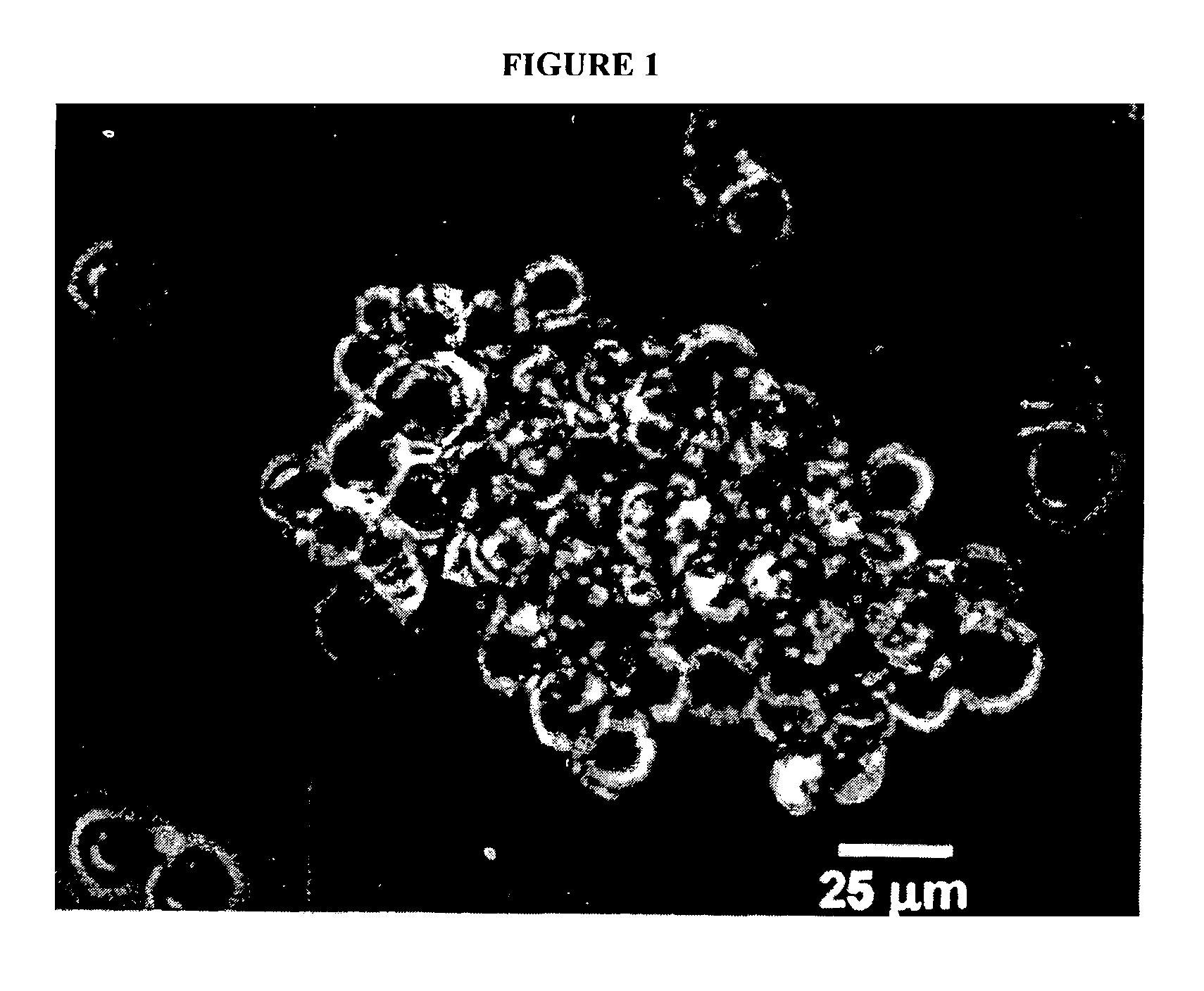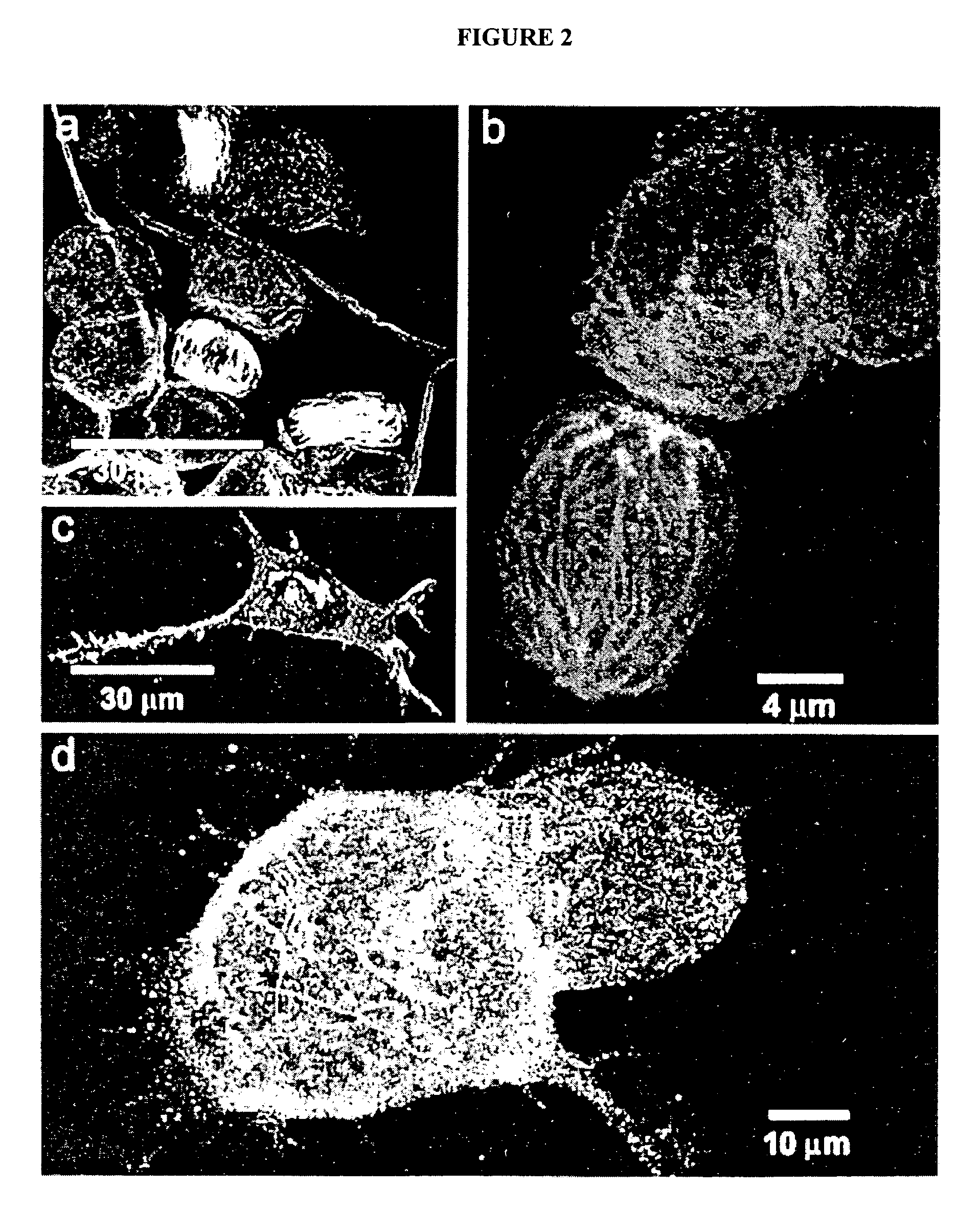Methods for obtaining adult human olfactory progenitor cells
a technology of olfactory progenitor cells and adult human olfactory progenitor cells, which is applied in the direction of artificial cell constructs, biocide, drug compositions, etc., can solve the problems of difficult isolation and purification, moral and ethical considerations, and overshadowing of stem cell research benefits and successes,
- Summary
- Abstract
- Description
- Claims
- Application Information
AI Technical Summary
Problems solved by technology
Method used
Image
Examples
examples
[0127]It should be appreciated by those of skill in the art that the techniques disclosed in the examples that follow represent the techniques discovered by the inventors to function well in the practice of the invention, and thus can be considered to constitute possible modes for its practice. However, those of skill in the art should, in light of the present disclosure, appreciate that many changes can be made in the specific embodiments that are disclosed and still obtain a like or similar result without departing from the spirit and scope of the invention.
A. Primary Cell Cultures from Human Cadavers
[0128]A lateral rhinotomy approach was employed to remove the olfactory mucosa from underlying tissues from 4 to 18 hour postmortem cadavers. The tissue was then harvested into a cold solution of 0.05% trypsin in Ca2+ and Mg2+ free Hank's balanced salt solution (HBSS; GIBCO, Grand Island, N.Y.). ONe was removed from its supporting tissues by micro-dissection in cold HBSS, minced into ...
PUM
| Property | Measurement | Unit |
|---|---|---|
| diameter | aaaaa | aaaaa |
| temperature | aaaaa | aaaaa |
| pH | aaaaa | aaaaa |
Abstract
Description
Claims
Application Information
 Login to View More
Login to View More - R&D
- Intellectual Property
- Life Sciences
- Materials
- Tech Scout
- Unparalleled Data Quality
- Higher Quality Content
- 60% Fewer Hallucinations
Browse by: Latest US Patents, China's latest patents, Technical Efficacy Thesaurus, Application Domain, Technology Topic, Popular Technical Reports.
© 2025 PatSnap. All rights reserved.Legal|Privacy policy|Modern Slavery Act Transparency Statement|Sitemap|About US| Contact US: help@patsnap.com



